How to Get More Email Subscribers (Proven Methods)
One of the best marketing channels for an online business is email marketing. You can engage, build trust, and sell products to your subscribers through email marketing. That said, email marketing is most effective when you have many subscribers.
Growing a subscriber list is not an easy task. Some lucky folks taste success within a few weeks, but growing email subscribers require thinking creatively, working hard, and being patient for most of us.
In this article, we will show you how to get more email subscribers.
We have covered over 20 different methods that you can implement on your website right away. Most of these methods have been tested by hundreds or thousands of online businesses. Nonetheless, some of these methods won’t work for you. You need to figure out which ones do and use those methods to skyrocket your email subscribers.
Now let’s get started.
How to Get More Email Subscribers? (20 Methods)
To implement the methods listed below, you need an “embedded form.” Tools like MailerLite and MailChimp will help you create an embedded form that you can place in an article, landing page, popup, and side widgets of your website.
Below is an embedded form we created using MailOptin.
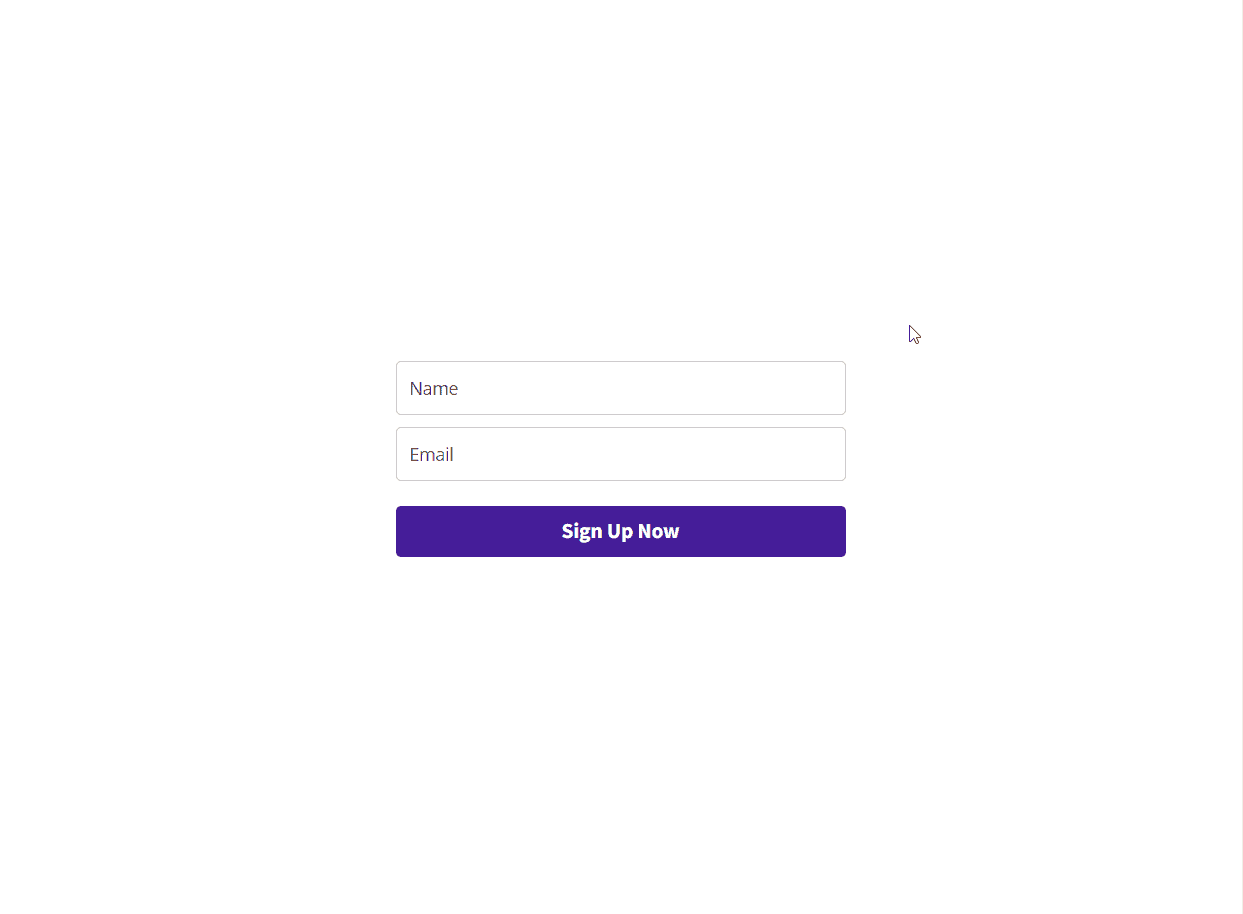
Now let’s look at the various methods of acquiring more email subscribers.
1. Remove Distractions
When visitors come to your site, your email subscription form should grab their attention immediately. While you can make the subscription form look attractive by using eye-catchy colors, images, and graphics, we recommend removing distractions like sidebars and too many CTA buttons.
Here’s an example of a clutter-free landing page where the subscription button stands out.
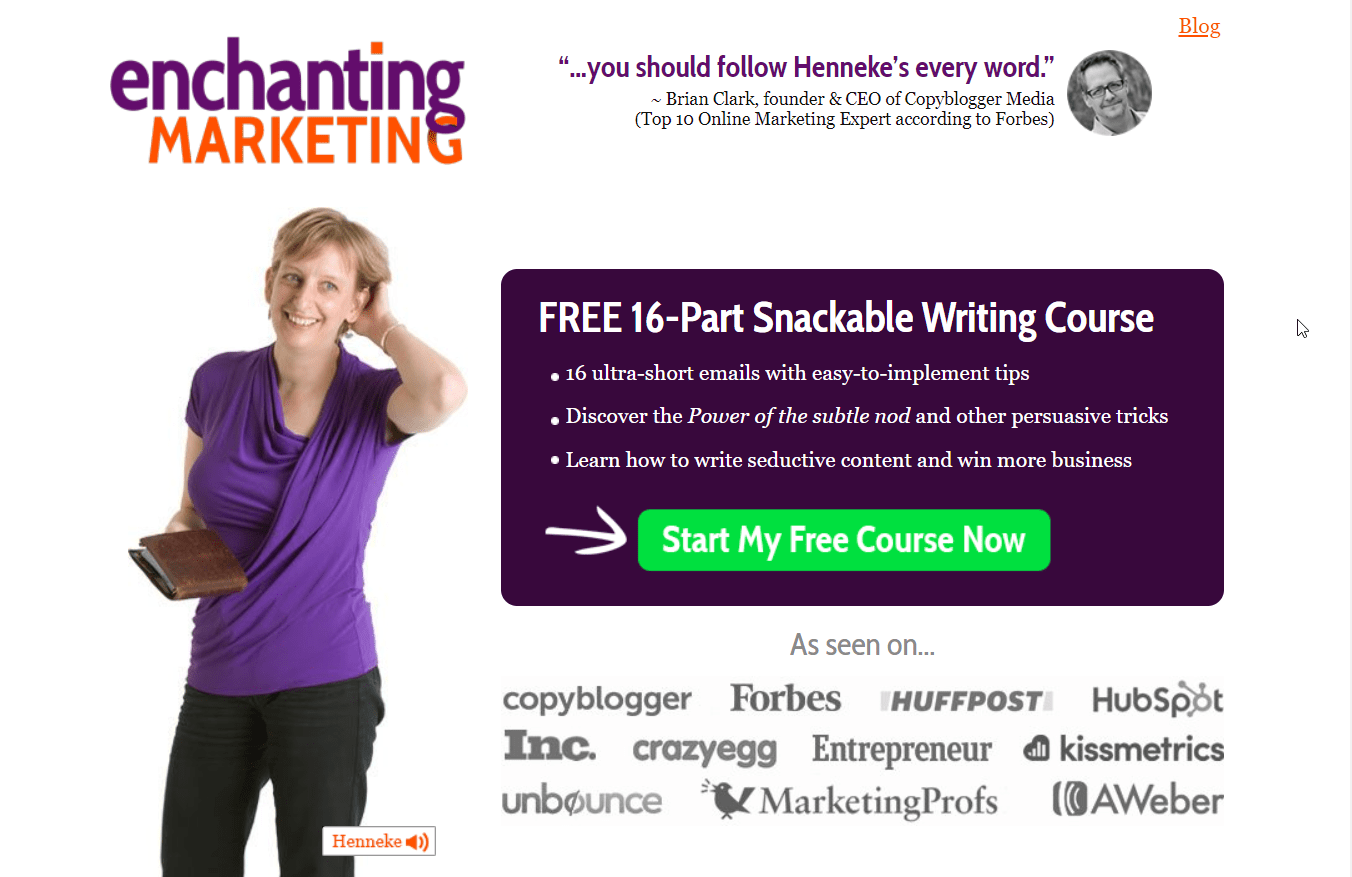
What works for others may not work for you, so we recommend using different designs, CTAs, and text to determine what works for your visitors.
2. Reduce the Number of Form Fields
It’s tempting to collect as much information as possible right away, but the truth is that adding too many fields to the subscription box drives visitors away.
There are numerous studies on how reducing form fields can increase the rate of registration. Here’s one case study where the number of registration went up by 11% by reducing the length of the subscription form. Therefore we suggest reducing the number of fields to one or two (name and email or just email).
And don’t worry, you will have many opportunities to collect more information later.
3. Offer Incentives for Signing Up
Describing the benefits of receiving emails is the key to capturing more emails. It would help if you communicated to the visitors what value your emails provide.
People love free products, so we recommend offering incentives to get visitors to sign up. Here are a few incentive ideas:
- Special discount for first-time subscribers
- Free ebook or cheat sheet, or checklist
- A free email or video course
- Hundreds of dollars worth of giveaways
- An online content or a fun quiz
- Free templates, etc
In the image below, you will find HubSpot offering a free ebook in exchange for email addresses:
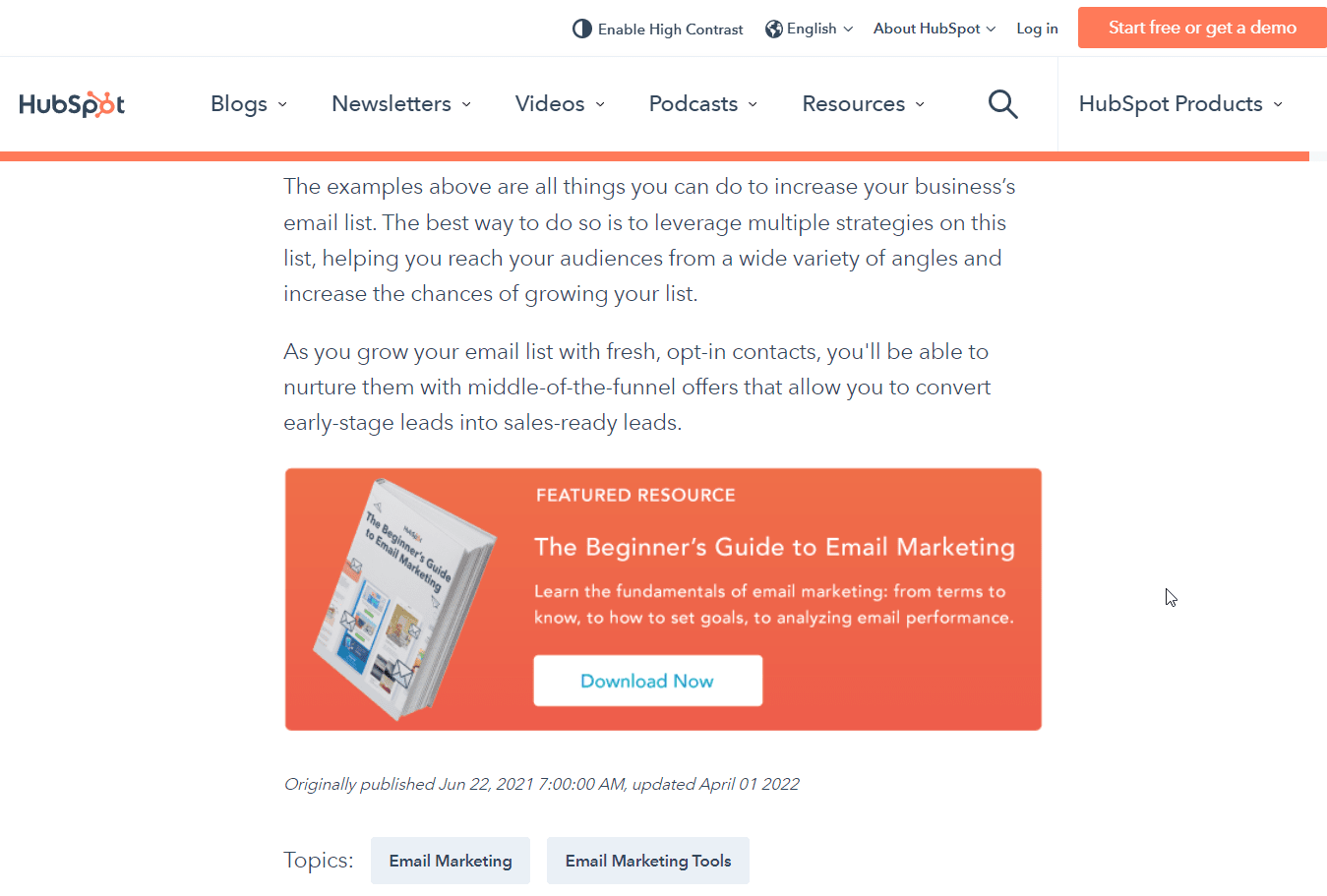
4. Create Hyper Specific Lead Magnets
In marketing, a lead magnet refers to an incentive given away for free to gather contact details. For example, a security software company offers a free video tutorial on keeping your site secure from hackers in exchange for contact details. The free video is the lead magnet.
Let’s say the company has a blog, and they write an article on why websites get hacked.
Imagine someone’s site getting hacked, and they visit that article looking for a possible solution. Unfortunately, the company pitches the generic lead magnet (i.e., the free tutorial) and loses a potential client. Instead, they could have pitched a specific lead magnet where they could have asked for the visitor’s website URL and email address so that they could check the site and reach out to the visitor to offer a solution.
The bottom line is that you need to create specific lead magnets because they are likely to draw more subscribers than any generic lead magnets.
5. Add Exit-Intent Popups
Exit-intent popups appear when a visitor is about to leave your website. Although this type of popup grabs people’s attention immediately, you will still need to convince visitors to sign up for your newsletter. The best tool of persuasion is incentivization. Offer free discounts, guides, and case studies for their email address.
Brian Dean, the founder of Backlinko, said that exit-intent popups helped him collect 50k+ more subscribers.
Here’s a guide on creating an exit-intent popup on your WordPress website.
6. Use a Fullscreen Welcome Mat
A fullscreen welcome mat is a popup that covers your entire screen. As you can imagine, it’s very effective at grabbing visitors’ attention. Once you have visitors’ attention, all you need to do is incentivize them to sign up for your newsletter.
Sportique, a lifestyle e-commerce company, used fullscreen welcome mats to convert 4.92% of all visitors into subscribers. So give fullscreen welcome mats a go to increase your email subscribers.
7. Use Gated Content
Gated content is a type of content that is wholly or partially hidden from visitors to the site. It can only be accessed by signing up for an account or a newsletter.
For instance, The New York Times allows you to read only a few articles for free. You will need to sign up and create a free account with the online newspaper to read more articles. This is a form of partial gated content.
Use this guide to implement gated content on your website.
8. Add Sign Up Form to Articles
You can get more email subscribers by placing your sign-up forms on articles that draw traffic. Consider adding at least two sign-up forms to each article. Add one on the side and one at the end of the article so that when visitors finish reading it, they can subscribe to your newsletter and read similar content.
Here’s an example of a subscription form on the side of an article:
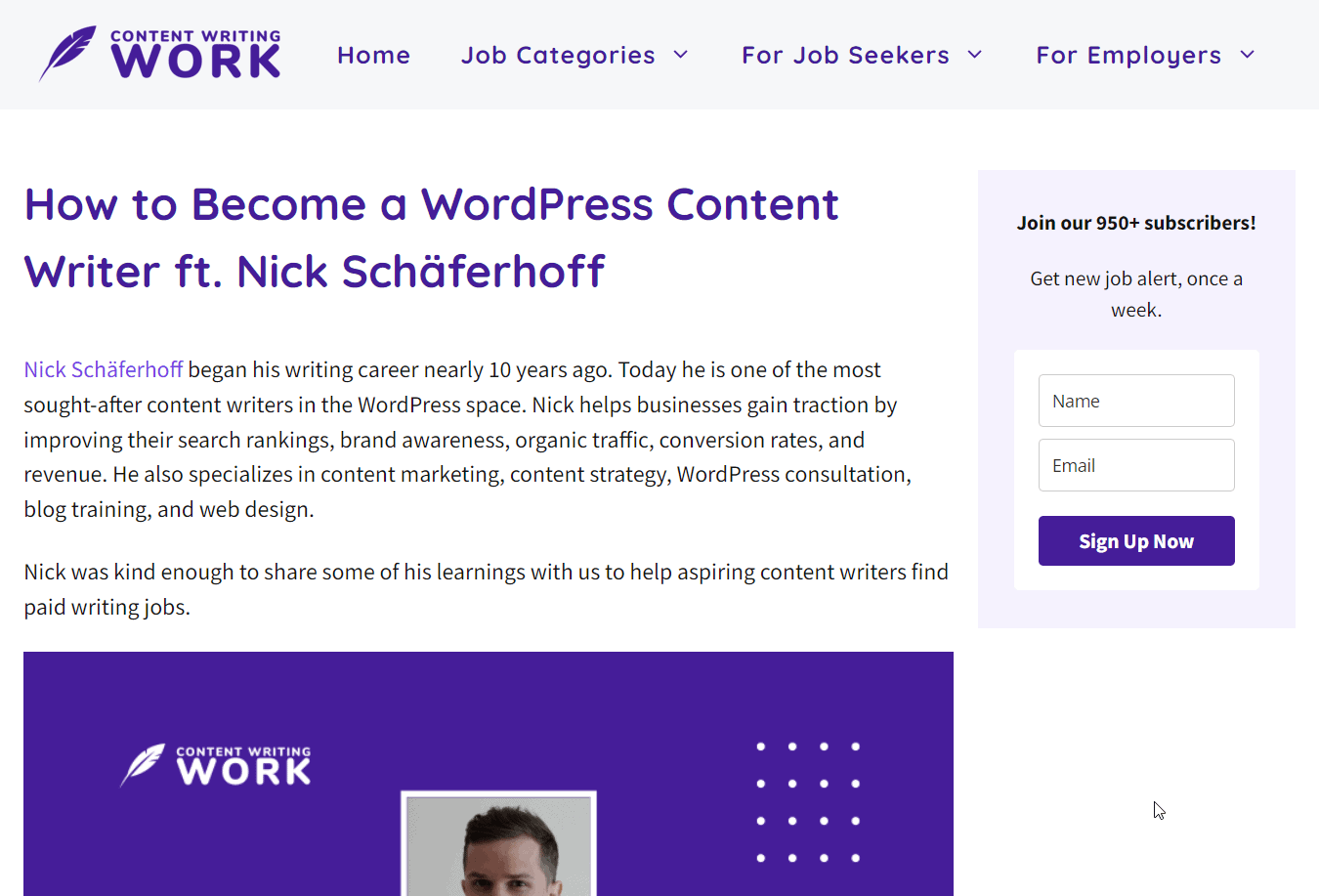
9. Add Sign Up Form to Home Page
If your homepage draws traffic, use it to get more email subscribers. For example, you can convert the page into a traditional landing page and optimize its design to encourage people to sign up.
Here’s an example of a homepage that has been converted into a landing page for collecting emails. They have even added a “Home” button to the main menu to enable visitors to navigate to the home page quickly.
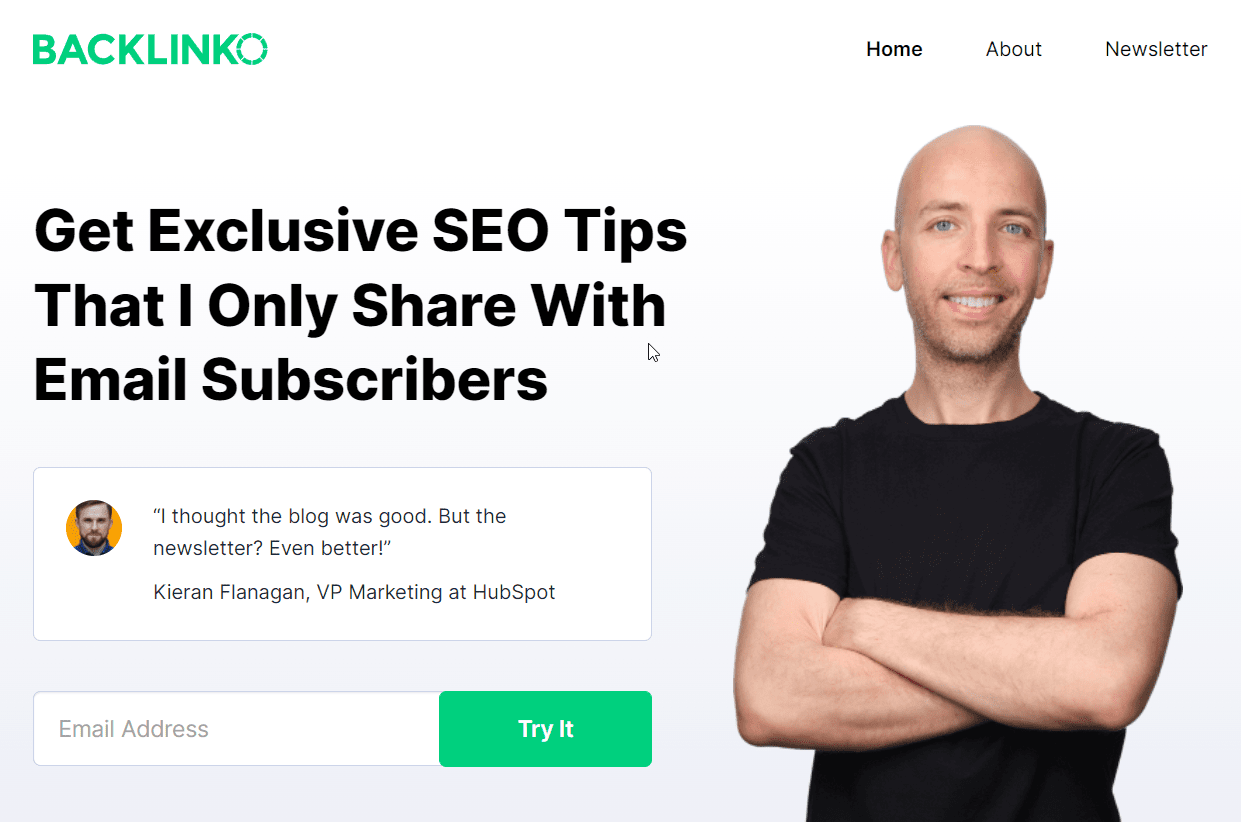
10. Add Sign Up Form to the Comment Section
Typically, when someone wants to leave a comment on a website, they have to enter their email addresses as it helps identify and remove spam. Unfortunately, many marketers export these email addresses and add them to their subscriber list. We don’t recommend this method because building an email list without taking consent is illegal in many countries. There is a better way of utilizing the comment section.
After visitors leave a comment on your site, redirect them to a new landing page where you can invite them to join your newsletter. To implement this method, follow this guide: How to redirect user attention with comment redirect.
11. Add Sign Up Form to Checkout Page
If running an eCommerce store, add a signup form to your checkout page. Just ensure that the signup process is easy and requires only a few seconds.
Instead of asking for names and email addresses, consider adding a prominent checkbox on the checkout page. Then, if customers select the checkbox, you have their permission to add them to your mailing list.
Here’s a guide that will help you add an optin checkbox to your checkout page.
12. Promote Your Newsletters
There are several ways to promote newsletters. First, you can reach out to relevant blogs and ask for a review.
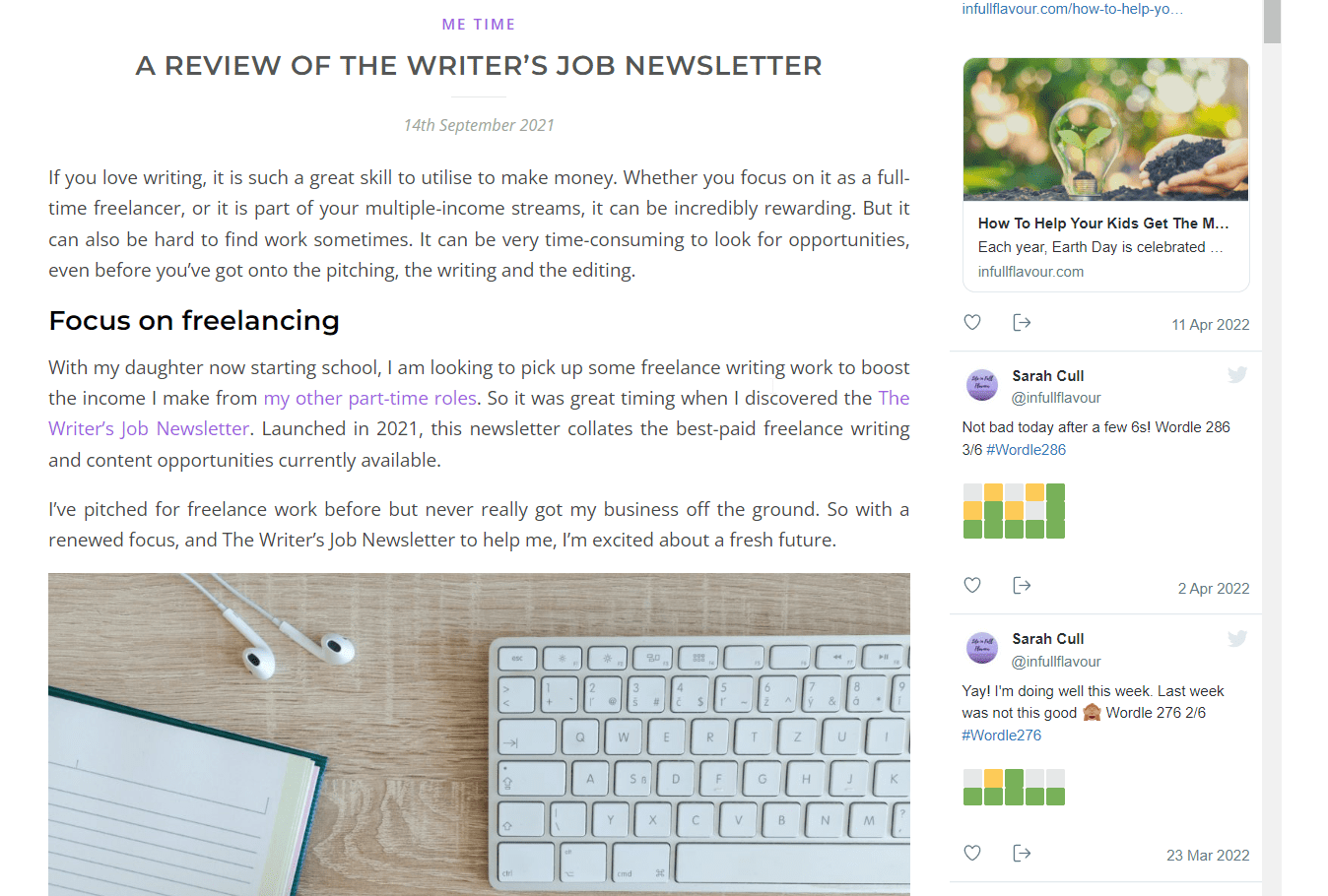
You can also cross-promote with other newsletters. On LetterWell, one can find newsletters from different industries along with their stats like subscriber counts and open rates. We recommend signing up with the service and finding newsletters that you can promote to your subscribers and who can promote your newsletter to their subscribers.
Other ways to promote your newsletter include:
- Adding sign up links in webinars
- Adding a signup link at the end of your email signatures
- Promoting newsletters in video descriptions
- Adding signup links to your social media bios
- Sharing newsletter previews on social media accounts
- Creating value-driven posts on social media & asking people to sign up for more content
13. Guest Blog on Other Websites
Guest blogging on other people’s websites is typically done to acquire backlinks and promote products. But guest blogging can also be used to acquire new email subscribers. All you need to do is add the link to your sign-up form to the guest article.
Some website owners may not agree to add a link to your newsletter to their article. In that case, you can utilize the traffic that the guest article generates for your website.
For instance, visitors who come to your site from example.com can be incentivized using a specific lead magnet like “Hey Example.com reader! Get a huge discount on the XYZ products by subscribing to our weekly newsletter.”
14. Add Social Proofs
A successful online business receives endorsements on Twitter or Facebook business pages and groups, emails from customers, and review sites like TrustPilot. First, collect all business endorsements in one place. Then select the top 3 to 5 testimonials and add them to a landing page with the signup form.
Seeing other people speak highly about your newsletter helps build trust. The more people trust you, the higher chances of increasing your email subscribers.
However, if your business is new, request testimonials from your customers or clients.
Another way of adding social proof is by showing the number of people already subscribed to your email list.
You can also add social proof by using a notification tool called Fomo. Whenever someone signs up for your newsletter, it displays a small popup notification at the bottom of your site. Here’s how it looks:
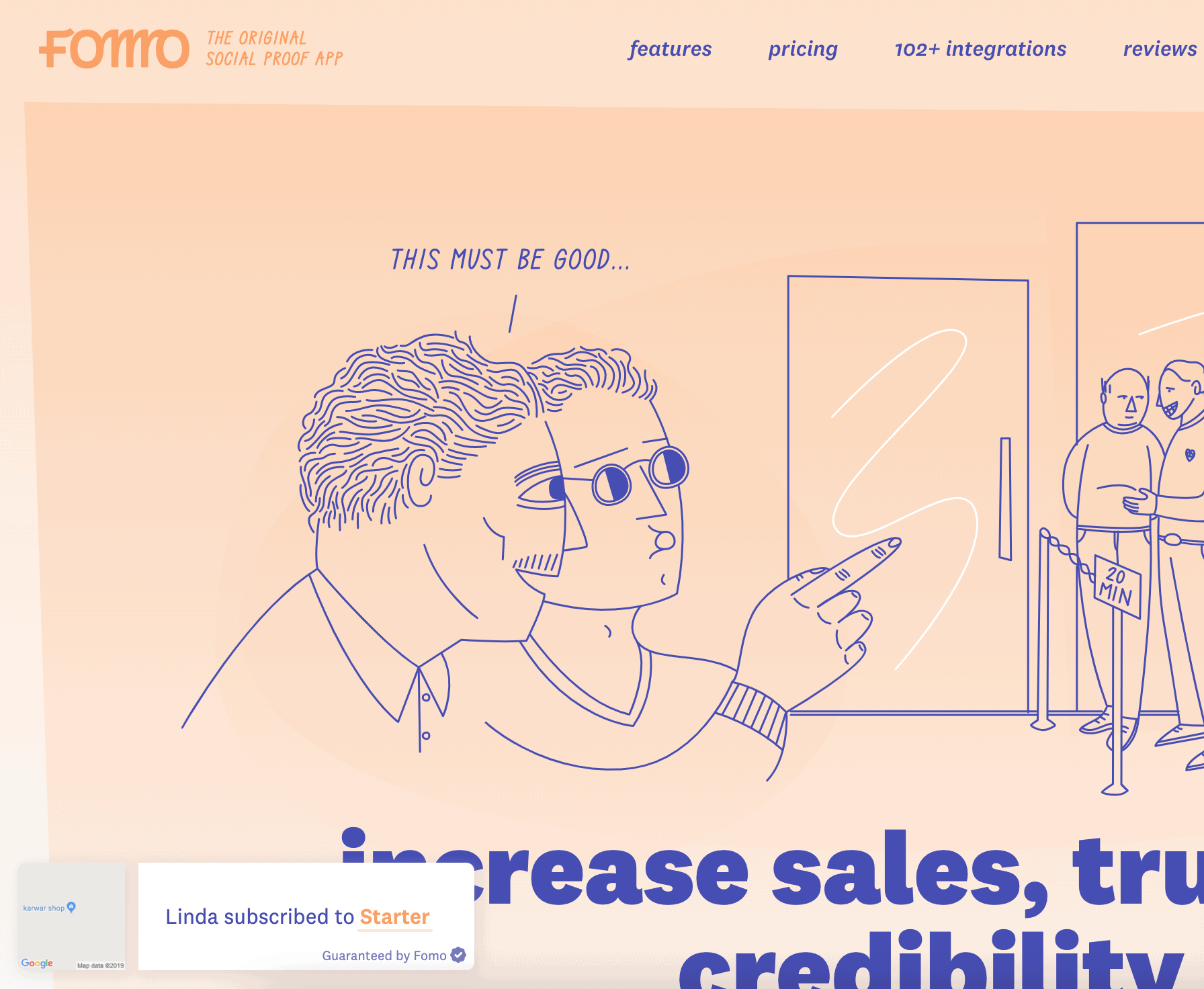
15. Enable Email Sharing or Forwarding
You can encourage subscribers to share your emails by adding an “email to a friend” button or social sharing buttons. You can also add a “Subscribe” CTA button linking to your newsletter landing page so that people can easily opt-in to your newsletter. Also, consider creating a referral program encouraging existing subscribers to share your newsletters in exchange for a reward.
16. Write Valuable Emails
As you try to grow your subscription list, you need to ensure that your current subscribers don’t unsubscribe.
The best way to retain subscribers is to write value-driven emails. Also, try sprinkling the emails with humor so that recipients look forward to receiving your emails.
There are a ton of tutorials on how to write value-driven emails, but you can start with this guide by CampaignMonster: A comprehensive guide on writing high-performing emails.
17. Create a Free Online Tool
We recommend creating a free tool that people can use by signing up with their email addresses. Free tools are a great way to draw traffic and get more subscribers.
Here’s an example of one such tool built by HubSpot.
Website Grader by HubSpot is a free online tool that grades your site against key metrics like performance, mobile readiness, SEO, and security. To use the tool, visitors must add their email address and website URL.
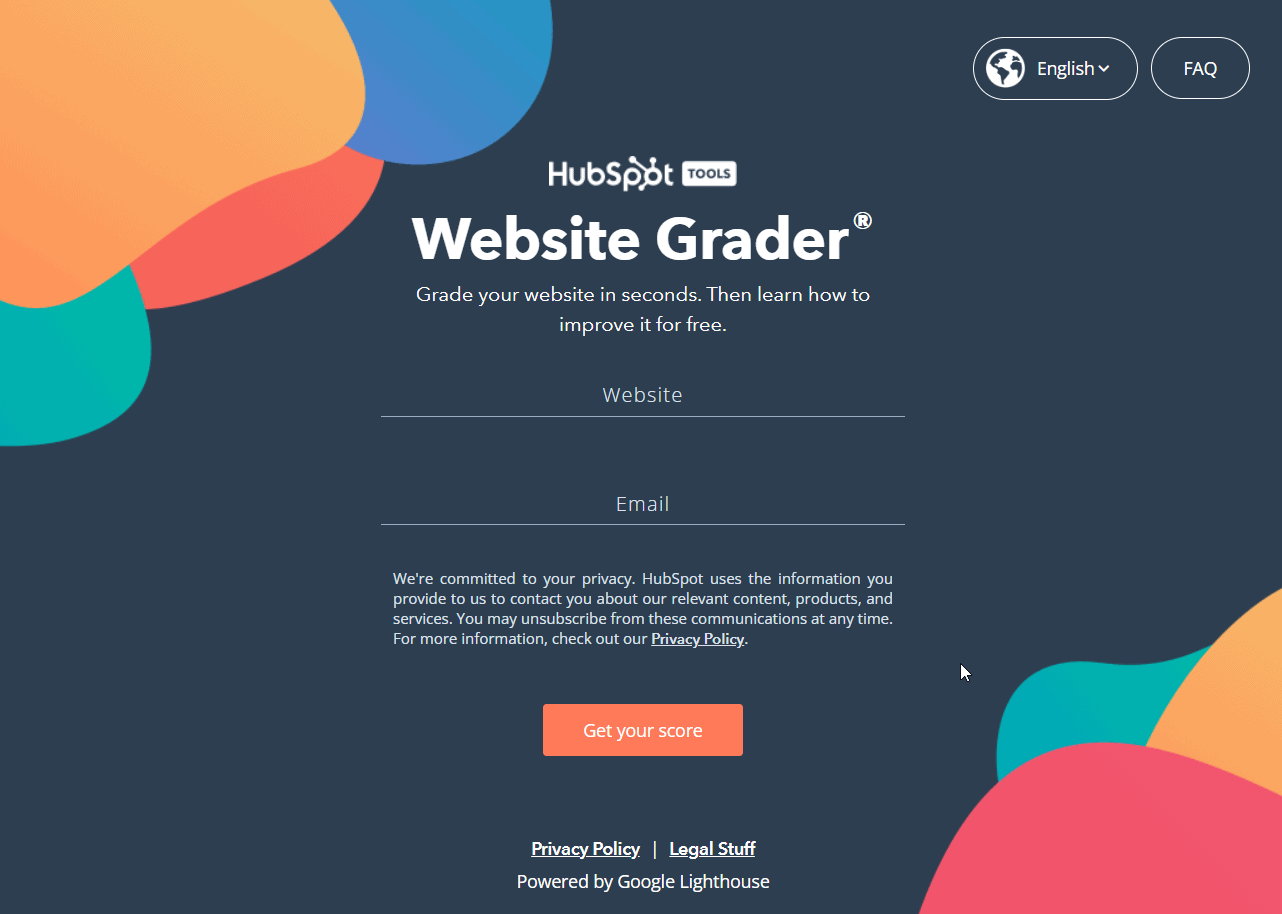
18. Visit Offline Events
Consider joining offline events like trade shows, competitions, meetups, seminars, hackathons, and educational panels. Such events offer opportunities not just to promote your products but also to build email lists. Here’s how you can build an email list by going to offline events:
It’s simple. Demonstrate your products in front of a crowd. You are likely to find potential customers. Collect their contact details, including email addresses. Once you are back at the office, import them to your email marketing tool.
19. Add QR Codes to Offline Ads
Try engaging in traditional marketing by handing out flyers to advertise your product and services. Add a QR code to the fliers so that people can scan the code for more information about your products and services.
You can design the QR code so that when it’s scanned, the QR code asks for an email address. Here’s a tutorial on how to grow your email lists using QR codes.
20. Collect Emails In-Store
If your business has an offline store, you can launch a membership program that people can enter by signing up with their emails. You will need to run the program by offering incentives like points and discounts to keep your customers happy.
That’s it. These are our top tips on how to get more email subscribers.
Conclusion
Growing an email list is no easy task, but it certainly can be done. There are several new and creative ways to build an email list. It involves acquiring new skills like basic web design principles, writing copy, carrying out tests, etc.
It may take time, but if you work consistently, you are bound to figure out the best ways to grow an email list for your business.
If you liked this article, consider checking out our blog to find tutorials on email marketing for small businesses.

